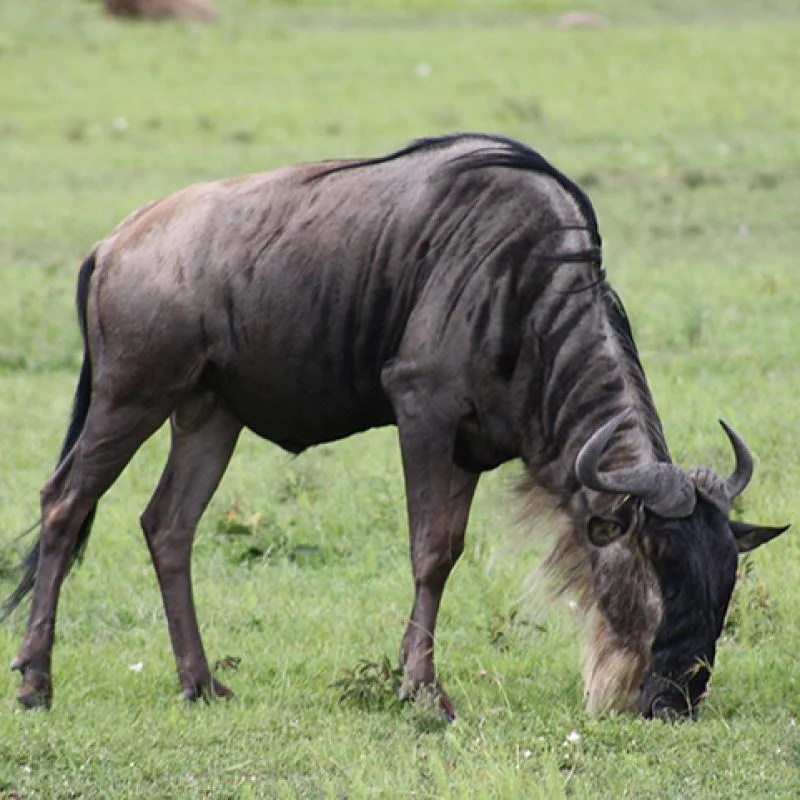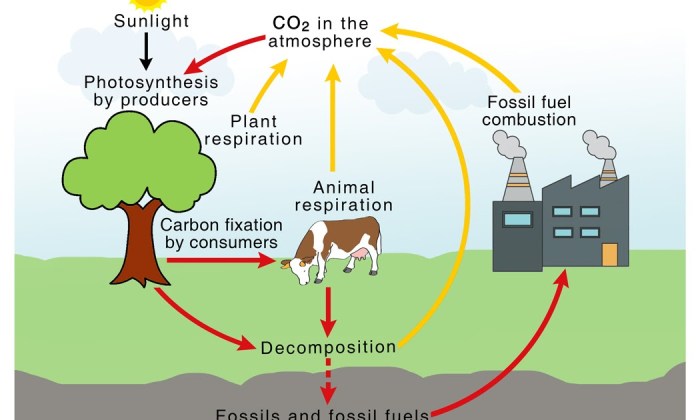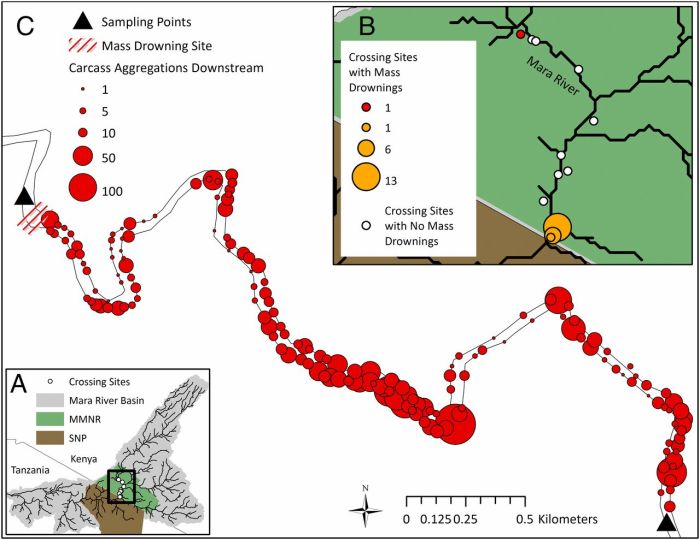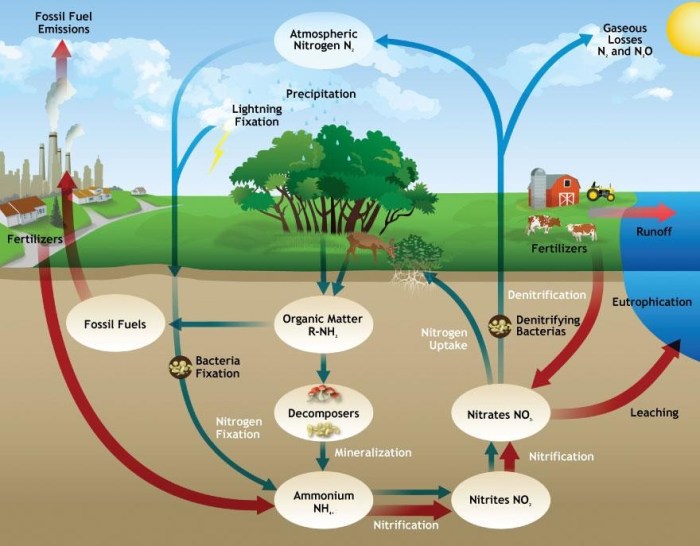Nutrient cycling in the serengeti answer key – Delving into the intricacies of nutrient cycling in the Serengeti ecosystem, this comprehensive guide unravels the fundamental processes that govern the flow of essential elements within this iconic African savanna. Exploring the dynamic interplay between plants, animals, and the environment, we uncover the profound significance of nutrient cycling for ecosystem function and resilience.
Nutrient cycling, the continuous exchange of chemical elements between living organisms and their surroundings, plays a pivotal role in maintaining the delicate balance of the Serengeti ecosystem. Through a series of interconnected cycles, nutrients are assimilated, transformed, and released, ensuring the availability of vital resources for all life forms.
Nutrient Cycling in the Serengeti

Nutrient cycling is the continuous movement and transformation of nutrients within an ecosystem. In the Serengeti ecosystem, nutrient cycling plays a vital role in supporting the diverse array of plants and animals that inhabit this iconic African savanna.
The major nutrient cycles in the Serengeti include the nitrogen cycle, phosphorus cycle, and carbon cycle. These cycles involve the movement of nutrients from the atmosphere, soil, plants, and animals, and back to the environment.
Plants and animals play crucial roles in nutrient cycling. Plants absorb nutrients from the soil and convert them into organic matter through photosynthesis. Animals consume plants and other animals, releasing nutrients back into the environment through waste products and decomposition.
Nutrient Cycling and Primary Production, Nutrient cycling in the serengeti answer key
Nutrient cycling is closely linked to primary production, which refers to the production of organic matter by plants through photosynthesis. The availability of nutrients, particularly nitrogen and phosphorus, is a major limiting factor for plant growth in the Serengeti.
When nutrients are abundant, plants can grow and produce more biomass, leading to increased primary production. This, in turn, supports higher levels of herbivores, which feed on plants.
Grazing by herbivores can also affect nutrient cycling. Grazing can release nutrients back into the soil, making them available for plant uptake. However, excessive grazing can lead to soil erosion and nutrient depletion, negatively impacting primary production.
Nutrient Cycling and Secondary Production
Nutrient cycling also plays a crucial role in secondary production, which refers to the production of organic matter by animals. The availability of nutrients, particularly protein, is essential for animal growth and reproduction.
When nutrients are abundant, animals can grow larger and reproduce more successfully, leading to increased secondary production. This, in turn, supports higher levels of predators, which feed on herbivores.
Predation can also affect nutrient cycling. Predators consume herbivores, releasing nutrients back into the environment through waste products and decomposition. This process helps to recycle nutrients and maintain ecosystem balance.
Nutrient Cycling and Ecosystem Function
Nutrient cycling is essential for the overall functioning of the Serengeti ecosystem. It contributes to ecosystem stability and resilience by ensuring that nutrients are continuously available for plants and animals.
Nutrient cycling also supports ecosystem services, such as water purification and carbon sequestration. Plants absorb nutrients from the soil, preventing them from leaching into waterways and contributing to water pollution. Additionally, plants remove carbon dioxide from the atmosphere through photosynthesis, helping to mitigate climate change.
Human Impacts on Nutrient Cycling
Human activities can disrupt nutrient cycling in the Serengeti. Agriculture, for example, can lead to nutrient pollution through the excessive use of fertilizers. This can result in algal blooms in waterways and disrupt aquatic ecosystems.
Deforestation and urbanization can also lead to nutrient depletion. When forests are cleared, nutrients are lost from the ecosystem, leading to soil erosion and reduced plant growth. Urbanization can also result in the loss of green spaces, which are important for nutrient cycling.
Answers to Common Questions: Nutrient Cycling In The Serengeti Answer Key
What is the primary source of nutrients in the Serengeti ecosystem?
The primary source of nutrients in the Serengeti ecosystem is the weathering of rocks and minerals, which releases essential elements into the soil.
How does grazing impact nutrient cycling in the Serengeti?
Grazing by herbivores plays a crucial role in nutrient cycling by facilitating the decomposition of plant material and the release of nutrients back into the soil.
What are the consequences of nutrient pollution in the Serengeti?
Nutrient pollution, primarily caused by agricultural runoff, can disrupt the delicate balance of nutrient cycling, leading to algal blooms, eutrophication, and a decline in water quality.


